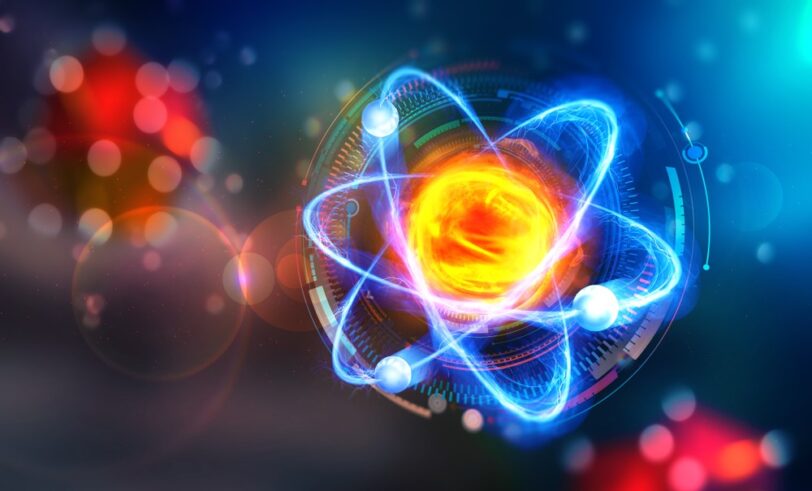Is nuclear power on the rise in Missouri? House Bill (HB) 225, which just passed through the House, would allow state utility companies to raise consumer rates to pay for the construction of small module nuclear reactors (SMRs). The goal of the bill appears to be spurring nuclear power in Missouri, which has largely been non-existent for decades.
So, what would the bill change?
HB 225 would modify a law passed in 1976 that prevents government-supported utility companies from raising rates to pay for construction of new projects. Specifically, HB 225 would allow only a “clean baseload plant rated under 600,000 megawatts” to be exempt from the current law. The current ban on raising consumer rates to help pay for construction projects would still apply to traditional nuclear plants (which are rated at over 700,000 megawatts), non-baseload energy sources (such as windmills and solar panels), and fossil fuel plants (which are deemed unclean). A utility company would only be able to raise consumer rates to pay for the construction of (SMRs).
So, what are small modular reactors (SMRs)? How are they different?
SMRs are essentially a smaller, more compact version of a traditional nuclear plant. They are brand new, cutting-edge nuclear technology, and are beginning to be rolled out across the United States—including a new SMR project a stone’s throw away from my hometown in East Tennessee. Although they are less powerful, they improve upon some of the shortcomings of traditional nuclear power plants. First, they take up far less space—the SMR being constructed near my hometown will be the size of a football field. They are less expensive and can be assembled more quickly, as the major components of each SMR are prefabricated (constructed beforehand), meaning they can be manufactured in a factory offsite and shipped to the location. This differs from traditional plants which are much larger and have to be custom designed to fit certain landscapes. SMRs are very versatile—they can increase or decrease output to match energy demand and shore up weaknesses in the power grid. For example, if a huge concert comes to a town in Missouri, an SMR can ramp up energy output to assist the grid. Additionally, SMRs can be grouped together so that if energy demand exceeds the capability of one reactor, another can be paired with the current reactor.
Are these small modular reactors safe? Could they explode and create radioactive waste?
When thinking of nuclear energy, many conjure up images of Chernobyl—the Soviet Union nuclear plant and subject of a recent HBO series—or of nuclear bombs that loomed ominously during the Cold War. However, modern nuclear energy is clean, safe, and efficient. Nuclear fission does not produce greenhouse gas and misconceptions surround nuclear waste. Nuclear waste is reusable and there is only a small amount of it that has to be stored securely. If you took all the nuclear waste ever produced by the United States nuclear industry since the late 1950s, you could dig a ditch 10 yards deep under the dimensions of one football field and store it there. Additionally, a nuclear plant cannot blow up like a nuclear bomb; it is impossible. While a disaster like Fukushima is already unlikely, the design of an SMR (which does not require power to cool a reactor down) makes an accident even less likely.
HB 225 could expand nuclear energy in our state, providing Missourians with additional clean, safe, efficient, and reliable energy, and deserves serious consideration.



